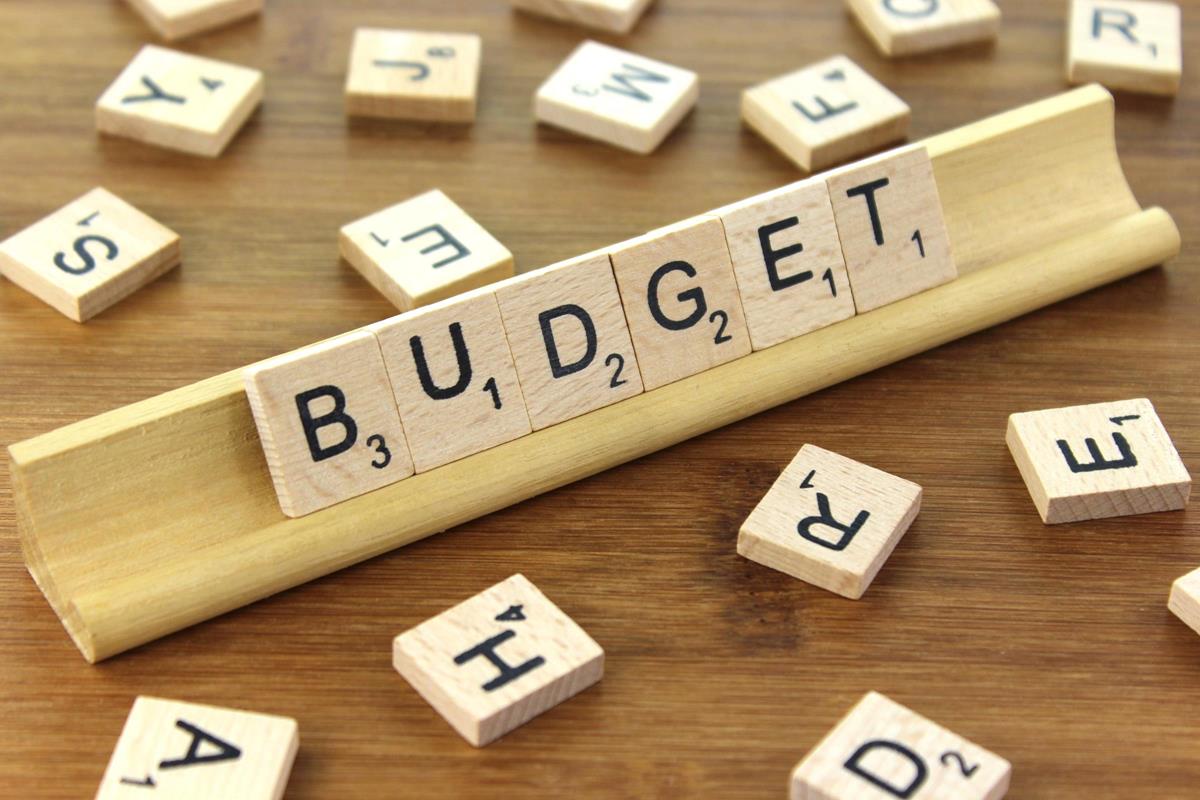Whatever income the person has, keeping track of his expenses is a key to his prosperous financial condition. Creating a budget allows everyone to allocate his money he earns monthly for primary necessity, pleasure, traveling, and more. A responsible attitude to making the budget enables one to overthink his goals for a week, month, year, or even for the nearest future.
Such an approach concerns not only simple needs but significant achievements in the business world as well. For instance, the investor found through https://jkr.co/ is of a great improvement and influence on companies’ investment. Its support and management help others invest smartly and monitor the budget leading to the business’s prosperity. Every deal should stick to some noted outline that guides to reasonable solutions. That’s why finance management goes a long way.
Make The Budget That Works
When it comes to budgeting, it is necessary to make time for it and stick to a detailed guide on creating a helpful budget, especially for beginners.
Pre-Budgeting Stage
Before fixing the money on various things, it is essential to look through three steps to figure out the incomes.
Step #1: Define monthly income
Most people have the main workplace and, additionally, some extra jobs to earn more money. Thus, every income the person gets should be fixed. If such extra money isn’t regular, then it’s better not to count on it. It is of great importance to know a precise monthly income.
Step #2: Calculate fixed expenses
Then, it is necessary to identify things that are spent money on a regular basis. These are utility bills and other payments (rent, loan, mortgage, car, health insurance, etc.). It’s easy to track them as they have a fixed sum. So, these monthly expenses should be noted too.
Step #3: Find out variable expenses
Some monthly bills can vary, for example, due to the season. It is mainly related to heating and cooling bills. Some companies provide billing plans that allow customers to keep track of their bills in advance. Accordingly, they can plan their budget for a specific season too.
Budgeting Stage
After defining regular income and expenses for a month, it’s time to create a budget.
Step #4: Stick to the model budget
Management has always been at the highlight, especially when it comes to finances. It is useful to keep a particular financial planner. The most advisable is the 50/30/20 model for budgeting. In terms of this model, special attention is drawn to three main niches: 50% for needs, 30% for wants, and 20% for savings. Whatever model to use, it should help not overspend but maintain the budget smartly.
Step #5: Budget for wants
Of course, the budget needs to cover, first, the needs. Then, with left-over money to spend on wanted things like going out, attending the gym, going to movies, and other activities. Tracking all these expenses guides to calculating and setting an average for needs.
Step #6: Budget for specific goals
To make budgeting successful, one should define the goals he wants to reach. If he wants to increase his budget, he can put his money into a savings account and earn interest. If he’s willing to purchase a house or a car, he needs to ensure that it will fit his budget. Whatever goal is going to be reached, one should match it with the budget.
Step #7: Limit expenses
Extra expenses sometimes happen unexpectedly. And it’s okay to be able to spend money on it. But every possible time it occurs, one should control the budget by limiting money on some payments. It will help make the budget work.



 Bitcoin
Bitcoin  Ethereum
Ethereum  XRP
XRP  Tether
Tether  Solana
Solana  USDC
USDC  Lido Staked Ether
Lido Staked Ether  TRON
TRON  Cardano
Cardano  Avalanche
Avalanche  Toncoin
Toncoin